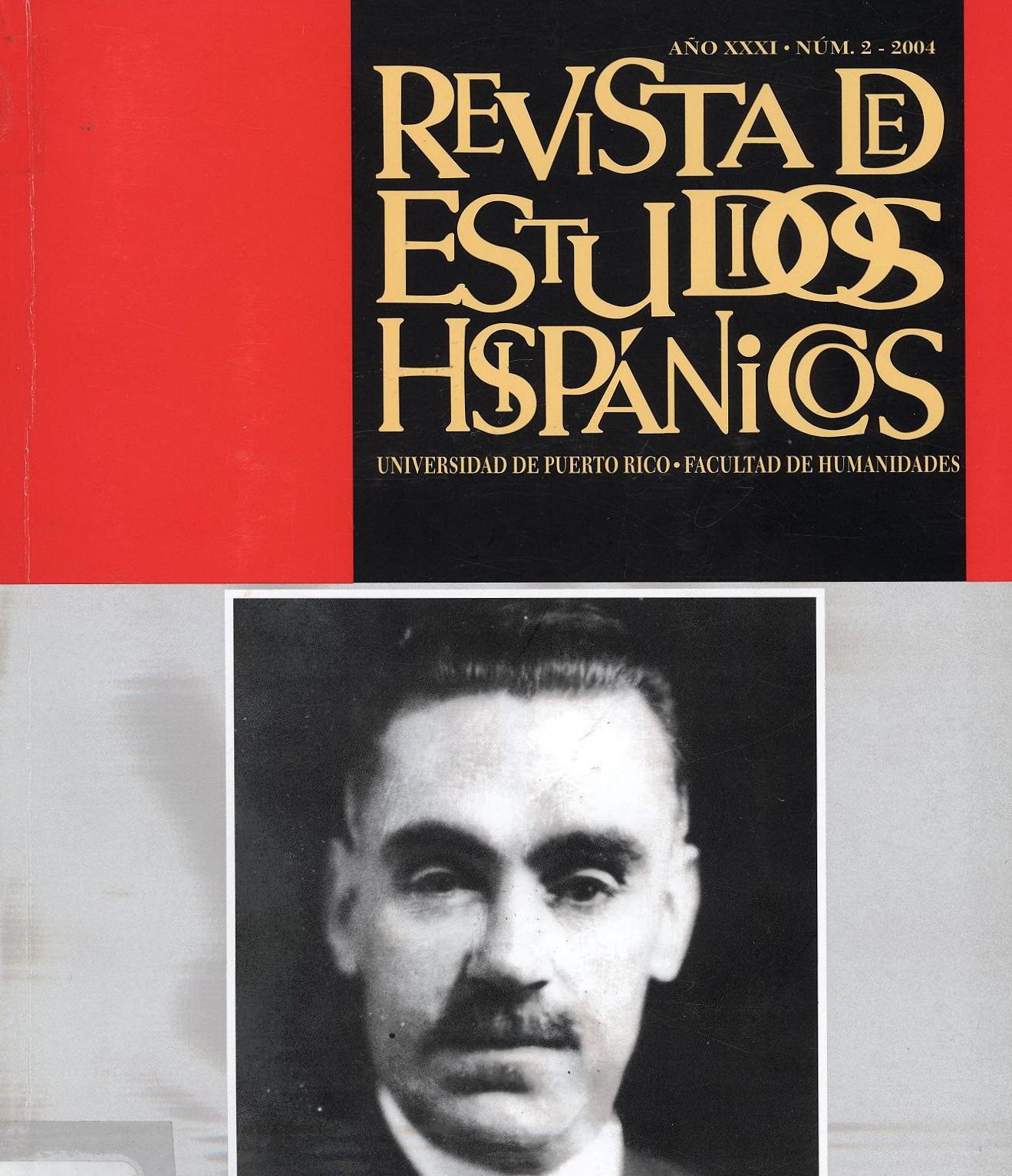Abstract
Frustration, in Historia de una escalera, is revealed by paraverbal signs, which are for the dramatic genre: the set, gestures and discourse. In my essay, I try to demonstrate that both the "imprisonment" space and the movements of the protagonists through the set participate actively in the evolution of the plot and its tragic ending. Moreover, gestures and movements in the perimeter of the set are significant (they are used instead of words, and therefore bear a meaning by themselves). Finally, paraverbal signs reflect the circular montage of the drama and its mirroring dramatic structure- a mirror triptych. Auto-reference and mirror games operate also in the discourse, with a perpetual recycling of the same speeches read by the different generations of protagonists.This work is licensed under a Creative Commons Attribution-NonCommercial 4.0 International License.
Downloads
Download data is not yet available.

